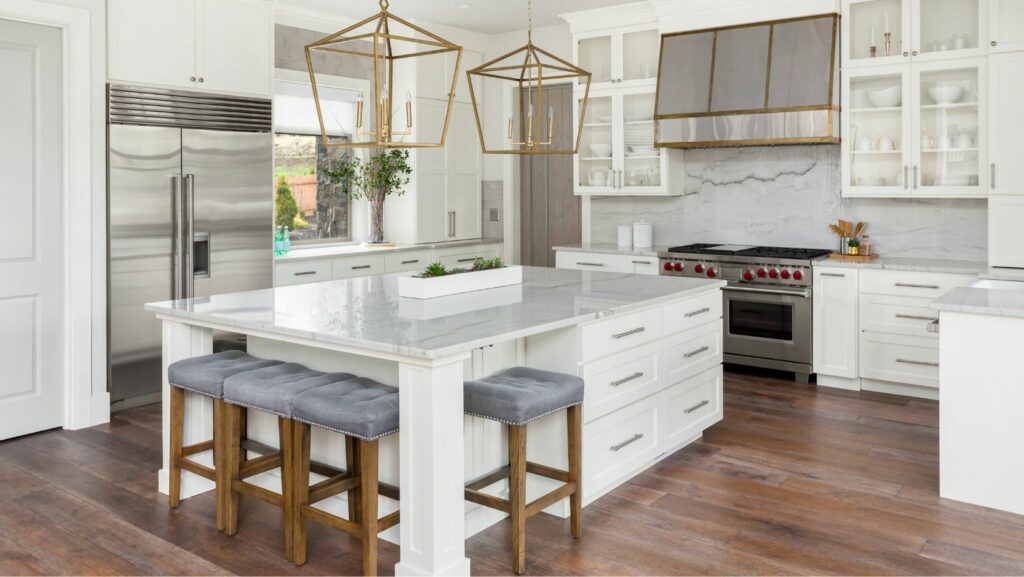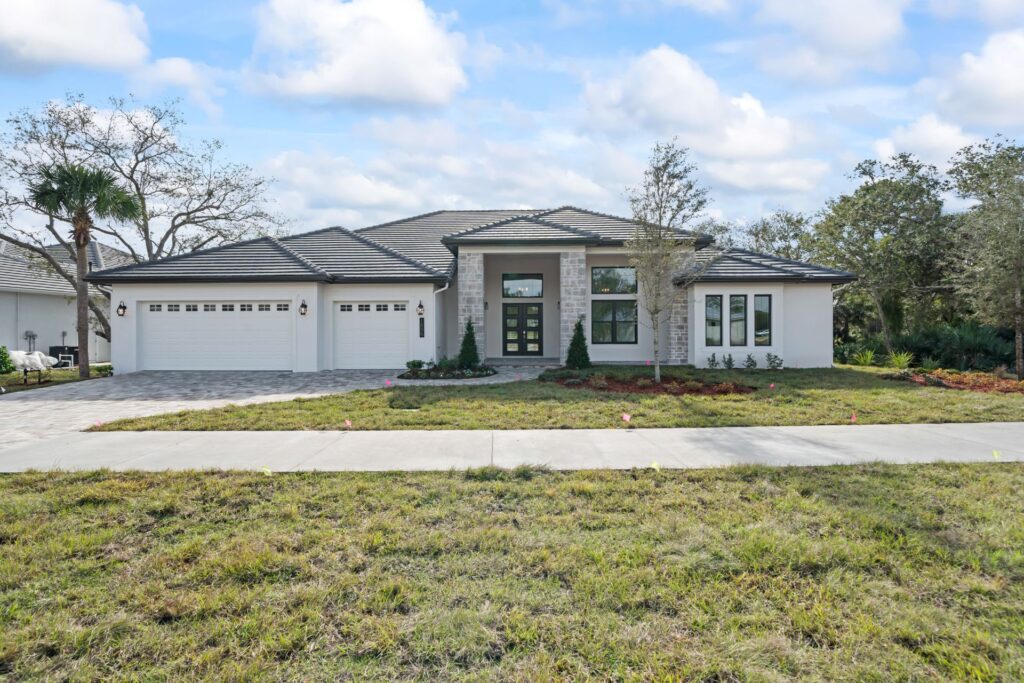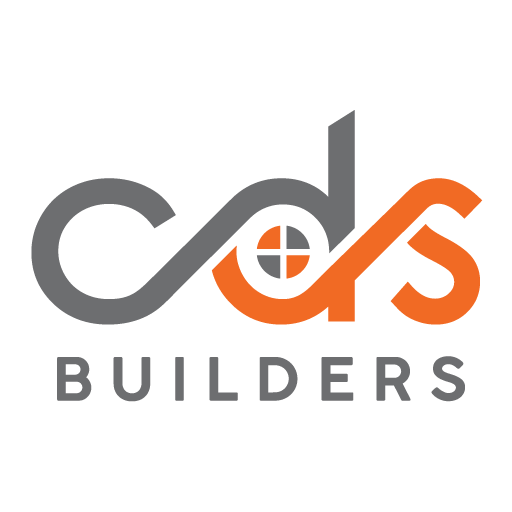When you’re planning your dream home, you’ll face many decisions. It’s important to have a skilled custom home builder and new home consultant, but most crucial is having a clear plan. You probably have ideas about what you want in your new home, like how many bedrooms or if you want a pool. But during construction, unexpected things can happen, like bad weather or tight deadlines. Without a solid plan, you might end up making rushed decisions. To help you avoid problems, we’ve put together a checklist for building your custom home. This checklist will guide you through everything, from choosing the right lot to finalizing the smallest details.
• Premier Lot Selection
• Customized Home Floor Plann
• Enhance Your Home’s Elevationn
• Refine Your Interior Designn
• The heart of the Home: The Kitchen n
• Customize Your Bedrooms and Bathrooms n
• Creating a Functional Living Space
• Customized Upgrades
Premier Lot Selection
Your choice of lot sets the stage for your future home. If you’re yet to secure a lot, there are crucial factors to weigh before finalizing your purchase. While location typically takes precedence, the terrain and characteristics of the land also significantly influence the construction process. Consider the following when making your decision:
• Development Status – Is the land primed for construction, or does it require development? This entails bringing essential utilities such as electricity and water to the property. Land preparation usually spans 6-12 months.
• Orientation of the Home – Will your home bask in the morning sun at the front or rear? Many opt for east or south-facing orientations to maximize sunlight exposure.
• Buildable Area – Lot regulations dictate the proximity of structures to the property’s edges. Confirm that your lot accommodates the desired size of your home.
• Neighborhood – Does the area boast a Homeowner’s Association? While they uphold neighborhood standards, some prefer to sidestep their regulations. Additionally, familiarize yourself with any Covenants, Conditions, and Restrictions within the community, outlining guidelines ranging from home dimensions to permissible fence types. Securing the perfect lot marks the inaugural stride in the custom home-building journey. The subsequent phase entails crafting the floor plan for your envisioned abode.
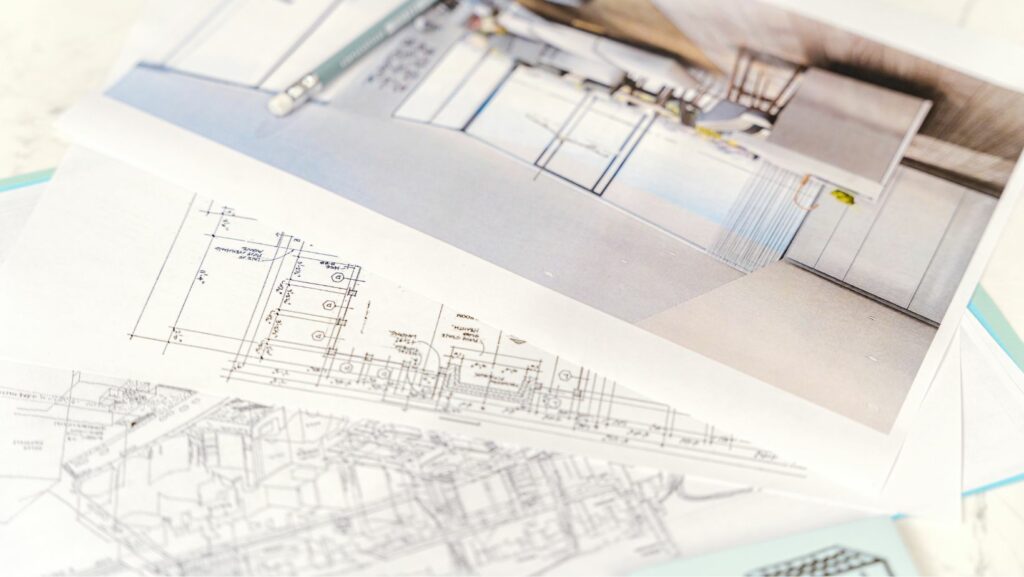
Customized Home Floor Plan
A floor plan is a detailed drawing created by an architect to show the layout of your home. It should accurately display the size, spacing, and flow of the rooms. When planning your home, there are several important things to think about. Your architect will give you advice, but it’s a good idea to have a plan of your own. Here are some decisions to make early on:
• The Basics: Determine the square footage that best suits your needs, the number of bedrooms and bathrooms required for your family’s comfort, and whether you prefer a single-story dwelling or multiple levels for added space and flexibility.
• Layout: Choose between an open layout with fewer walls, fostering a sense of spaciousness and connectivity, or a more traditional layout with distinct rooms, offering privacy and defined living areas for different activities.
• Utilities: Plan the placement of essential utilities such as electrical outlets, gas lines, and water connections to ensure convenient access and efficient functionality throughout your home, taking into account appliances like stoves, outdoor grills, and laundry facilities.
• Storage: Identify the areas where ample storage is essential, whether it’s dedicated closets for clothing and linens or a well-organized pantry for storing kitchen essentials and groceries, ensuring that every item has its designated space within your home.
• Accessibility: Strategically position doors and entryways to facilitate easy movement between different areas of your home, prioritizing seamless access to outdoor spaces like the backyard or patio, as well as functional areas like the garage or storage areas.
• Garage: Determine the size and orientation of your garage based on your parking needs and architectural preferences, whether you envision a front-facing garage for convenience, a side-facing garage for added privacy, or a rear-facing garage for a sleeker aesthetic.
• Must-Haves: Compile a comprehensive list of features and amenities that are non-negotiable for your dream home, whether it’s a dedicated space for pursuing hobbies like music or crafting, room for parking an RV or boat, or a home office for remote work or personal projects. Your architect will use your preferences to design a floor plan that fits your needs. Make sure your checklist reflects what’s most important to you!
Enhance Your Home's Elevation
Your architect doesn’t just design the layout of your home’s interior; they also create the blueprint for its exterior, known as the elevation. These plans are essential for guiding your construction team. The outside appearance of your home is crucial, as it’s the first thing people see. Here are some important decisions to consider:
• Style: Decide on the overall style of your home’s exterior. Whether you prefer a modern, traditional, or perhaps a more rustic look, this choice will influence the design of your rooflines and facades.
• Materials and Colors: Choose the materials and colors for your home’s exterior. From siding and stone to stucco or wood, each material adds its own texture and color palette to the overall aesthetic.
• Doors and Windows: Select the style, finish, and type of doors and windows that best complement your home’s design. Consider features like window inserts or decorative shutters to add character.
• Lighting: Plan the placement of outdoor lighting fixtures, such as sconces, porch lights, and landscape lighting, to highlight architectural elements and enhance curb appeal.
• Landscaping: Think about the landscaping you want around your home. While your builder may provide basic landscaping options, you can also customize with trees, gardens, and other features to enhance the overall look.
• Outdoor Living Spaces: Incorporate outdoor living areas into your plans, such as covered patios, decks, or even an outdoor kitchen.
These spaces add functionality and charm to your home’s exterior.
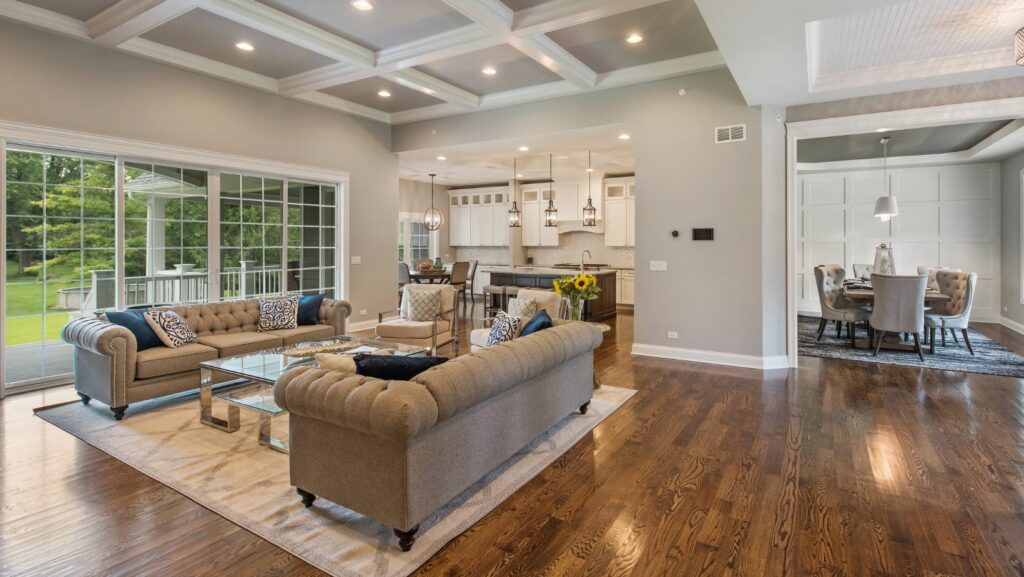
Refine Your Interior Design
In shaping the ambiance of your home’s interior, certain foundational design choices play a pivotal role. Throughout the home building process, you collaborate with your builder’s interior designer to make these essential selections. Before delving into an array of samples, it’s crucial to carefully consider these key choices:
• Flooring: Decide on the type, color, and finish of the flooring, whether it’s hardwood, engineered hardwood, vinyl plank, or tiling, to create a cohesive look throughout your home.
• Carpeting: Select the variety of carpeting for areas like bedrooms, closets, and stairways, considering colors and textures to match your desired aesthetic.
• Paint Colors: Collaborate with the designer to choose the default wall and trim colors, as well as any feature wall or room colors, to infuse personality and style into your living spaces.
• Fireplace and Hearth: Opt for the design elements of your fireplace, including the stone finish, mantel, and size, to serve as a focal point and add warmth to your home.
• Lighting: Explore various lighting options for key areas such as the dining room, foyer, kitchen, and living spaces, and make selections for default lighting options to illuminate your home effectively.
• Built-Ins: Consider incorporating built-in shelving, cabinets, or desks throughout your home for added functionality and aesthetic appeal, such as a built-in TV space in the living area or bookcases in an office.
Each of these selections contributes to the overall style and ambiance of your home’s interior. Conduct thorough research on each element to ensure you’re well-prepared when it’s time to make these critical decisions.
The heart of the Home: The Kitchen
Your kitchen serves as the heart of your home, requiring thoughtful consideration during the design process. Here are the key elements to contemplate when crafting your kitchen:
• Kitchen Layout: Determine the optimal arrangement for your kitchen space, whether it’s the classic L-shape with a spacious island or another layout that suits your needs.
• Appliances: Choose appliances that cater to your cooking preferences, from ovens to stoves, considering factors such as gas, induction, or electric options, and the inclusion of specialty features like espresso machines, ice makers, wine, or beverage refrigerators.
• Countertops and Backsplash: Select high-quality materials and designs for your countertops and backsplash, as they play a significant role in defining the aesthetic appeal of your kitchen.
• Cabinets: Customize your cabinets with attention to detail, selecting finishes and features like pull-out drawers or specialized storage solutions for enhanced functionality.
• Sinks and Faucets: Enhance both the style and functionality of your kitchen with carefully chosen sinks and faucets, including options for additional conveniences such as pot fillers. While aesthetics are important, prioritizing functionality ensures that your kitchen remains a practical and inviting space for daily use.
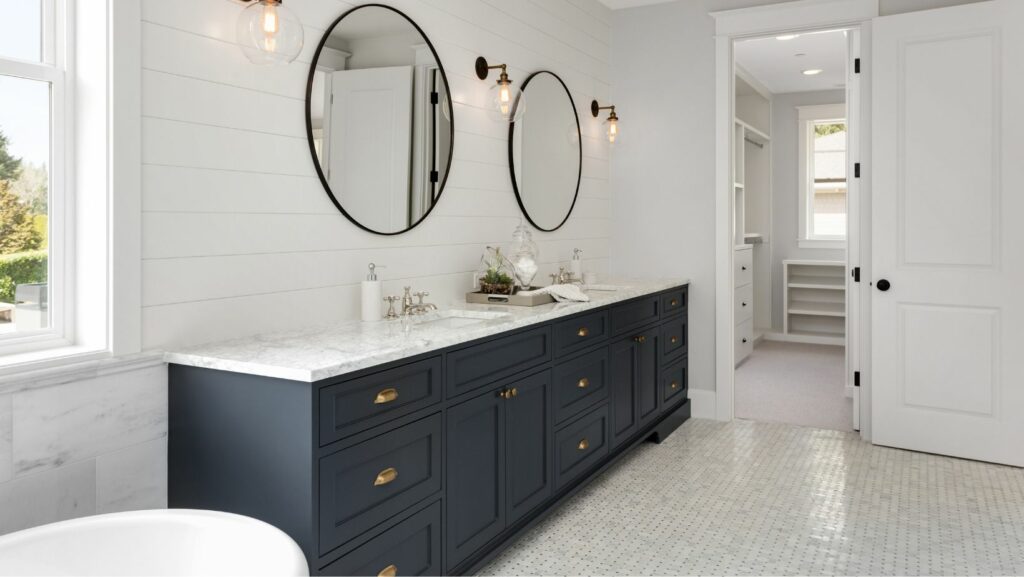
Customize Your Bedrooms and Bathrooms
The owner’s retreat offers a haven for personalized touches that reflect your unique style. As you consider additional bedrooms and bathrooms, embrace the opportunity for customization tailored to your preferences. When planning bedrooms, think about:
• Storage: Decide on the size and organization of closets, and consider built-in shelves for extra storage.
• Personalized Features: Add personality with choices like wall colors, wallpaper, shelving, window seats, and accent walls. For bathrooms, focus on:
• Showers and Tubs: Choose between tile showers and freestanding or built-in tubs, and think about luxurious options like steam showers or jetted tubs.
• Bathroom Vanity: Plan for sinks and storage, and select a style that suits your taste.
• Tile: Pick out tiles for floors, shower walls, and backsplashes, considering special features like shower shelves or corner seats.
• Sinks, Mirrors, and Lighting: Complete the look with stylish sinks, mirrors, and lights to enhance each space.
These thoughtful choices elevate your home’s design, creating a space that’s both stylish and functional, reflecting your personal style with elegance and ease.
Creating a Functional Living Space
In designing your custom home, special attention should be given to the functional areas of the laundry room, pantry, and mudroom. These spaces play a crucial role in the functionality and organization of your home, and can be customized to suit your specific needs based on the size and layout of your home. When planning these areas, consider the following options for each:
• Mudroom: Create an efficient transition space with features such as shoe shelves, coat hooks, or storage lockers to keep the area tidy and organized.
• Laundry Room: Beyond the essential washer and dryer setup, think about adding countertops for folding, storage cabinetry for supplies, a utility sink for convenience, and perhaps even a dog shower or drying racks for added functionality.
• Pantry: Customize your pantry with a choice of cabinets, shelves, or a combination of both to accommodate your storage preferences. Additionally, consider incorporating special appliances like drink fridges, ice makers, or a microwave to enhance the functionality of the space.
By incorporating these unique features and custom options into these key areas of your home, you can create a personalized and efficient living space that reflects your lifestyle and meets your practical needs.
Customized Upgrades
As you embark on planning your custom home, remember this is your chance to create a truly unique space that caters to your individual needs. Take the time to envision what you want in your home, even if it means going beyond conventional options.
Consider incorporating special features such as green construction elements for an eco-friendly home, or adding a workshop or custom outdoor kitchen to enhance your lifestyle.
Explore the possibility of installing a security system or creating a dedicated home office with a private entrance for added convenience.
Don’t overlook the potential for small-scale but impactful features, such as under cabinet lighting, discreetly placed outlets, or smart home features.
Keep track of your ideas as you plan, and discuss them with your builder to obtain pricing estimates before proceeding with construction. This ensures that your vision aligns with your budget and allows for seamless implementation of your desired features.
Planning a custom home involves many decisions, but having a checklist can make the process easier and more enjoyable. Building your dream home can be one of life’s most exciting experiences. With some careful planning, you can turn your vision into reality. CDS Builders wishes you every success as you embark on the journey of crafting the home of your dreams! Our team will ensure to guide you through the process every step of the way, turning your vision into reality.

